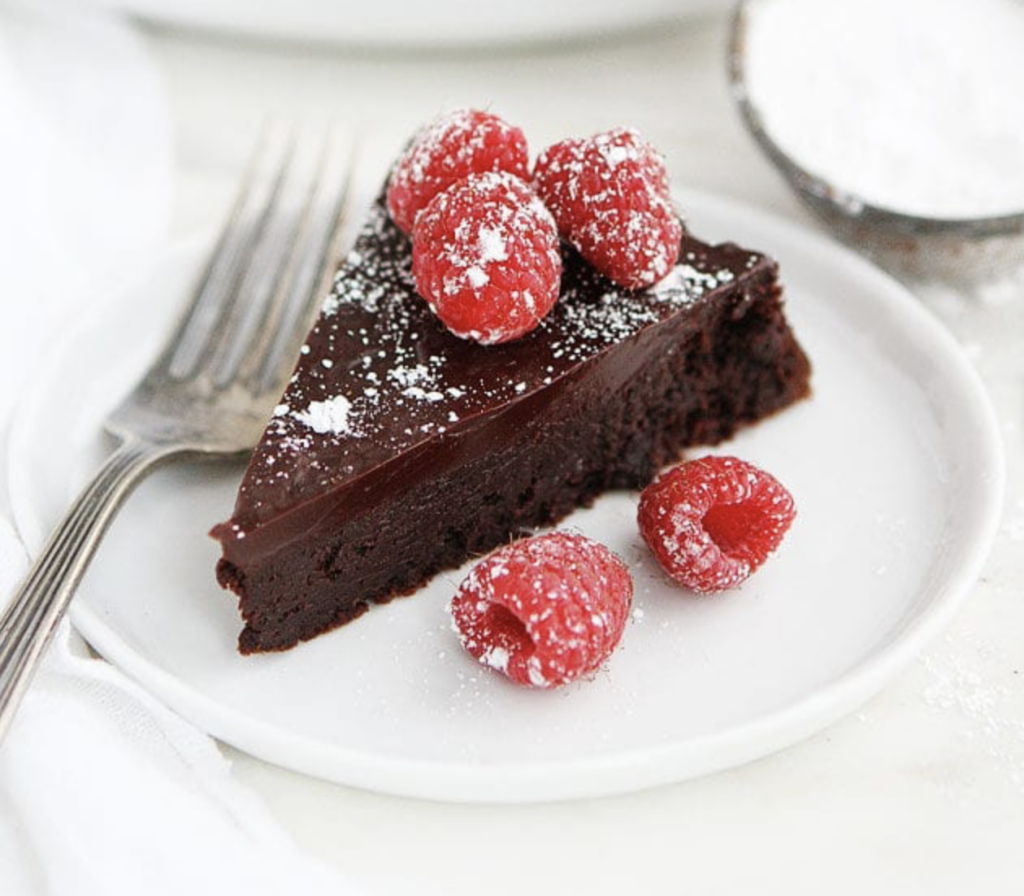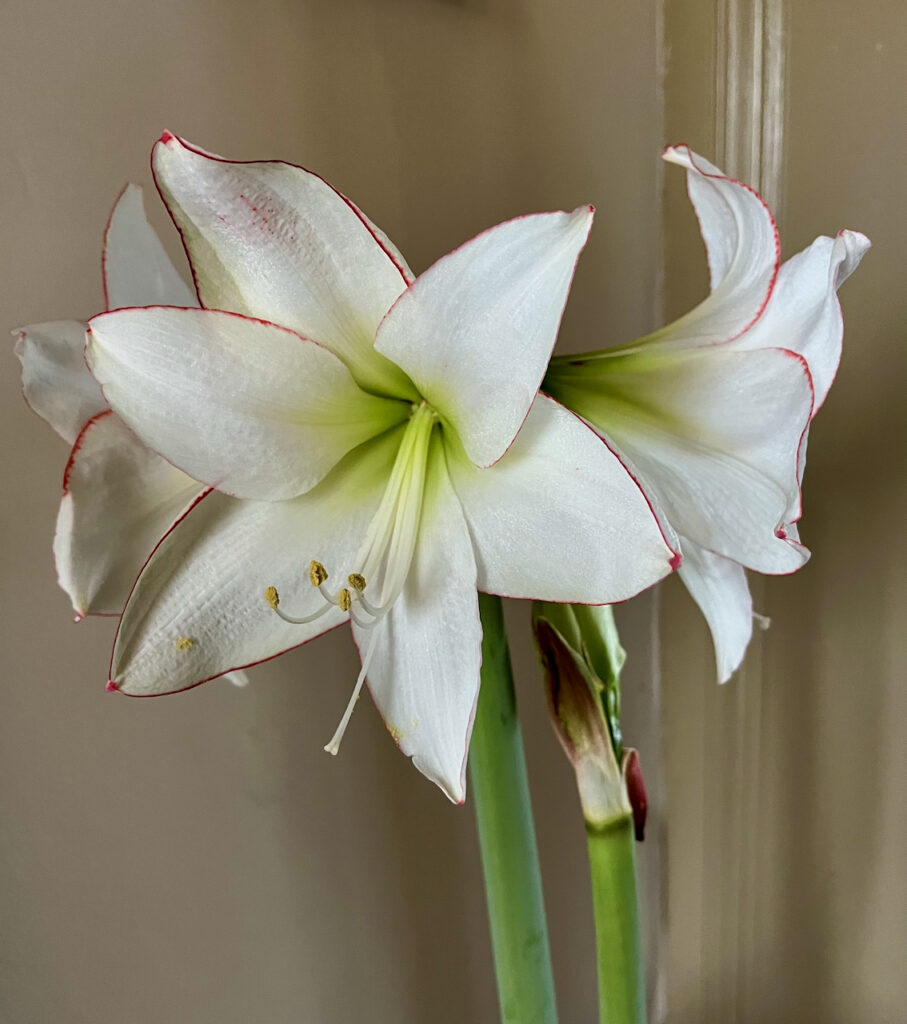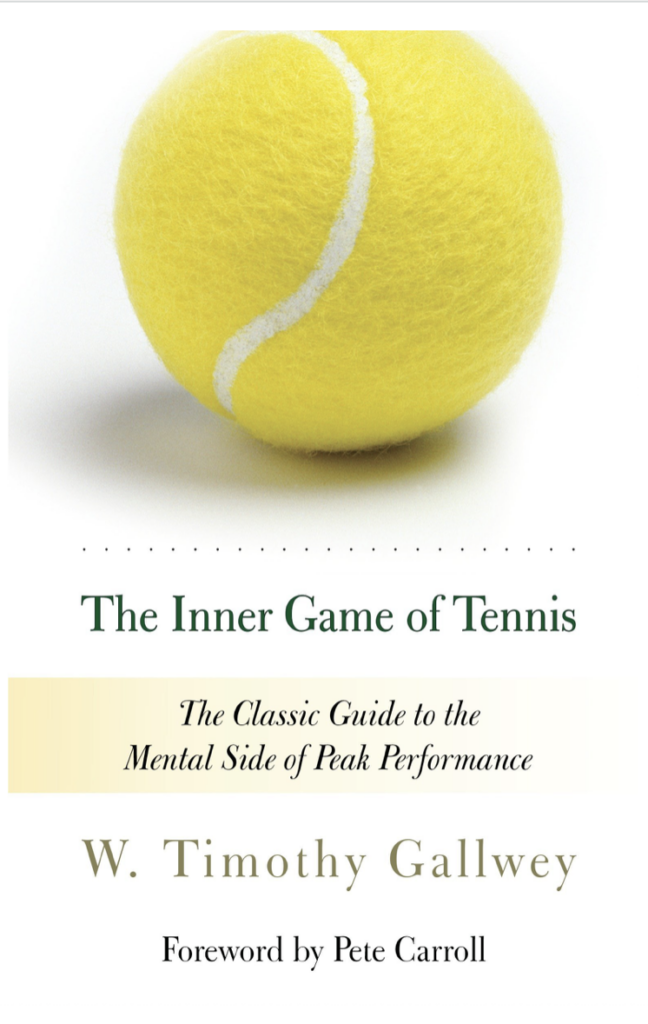Food Reintroductions
On Good Behavior LLC
Anne Macaulay | First Thoughts
Greetings friends!
Here are my “First Thoughts” on mindset, real food and behavior change.
Quote that I am pondering: “Do as little as needed, not as much as possible.” — Henk Kraaijenhof. This reminds me to ask myself “Is this really necessary?” I’m so accustomed to being in constant motion that I get caught up in mindless activity, which cuts into time for rest and connecting with people.
What I’m reading: The Inner Game of Tennis. The book that started sports psychology. We all learn to do complex tasks like peeling an orange without thinking much about it. We learn by trial and error and observation. W. Timothy Gallwey contends that we perform better in all areas of life if we set aside the judgement of the inner critic and give our brains the freedom to do what they do best: learn from experience! He suggests working on skills without trying to change them, just noticing the results. Outcomes will improve without needing to think about how to improve. It reminds me of what Positive Intelligence (PQ) has to say about the Judge and learning: blameless discernment is useful; judgement is not.
What I’m experimenting with: Food reintroductions. My health coaching clients are often curious about what I eat. My answer is that it’s still one big experiment! I’ve been on a quest to heal my leaky gut to reduce my Hashimoto’s symptoms and eliminate IBS. To that end, I started with the Autoimmune Protocol (AIP) and Low FODMAP Diet elimination diets. Eating lots of healthy food (think bone broth, sauerkraut, lots of greens and root vegetables, cuts of meat with connective tissue, liver and fish) slowly helps the gut lining heal and then it becomes more tolerant of foods that are hard to digest or irritating to the gut lining. When I first started introducing foods after the first 30 days, a lot of things caused symptoms, but the longer I stick with it the more my gut heals and the more foods I tolerate. At this point, I feel great! No IBS or thyroid symptoms unless I accidentally eat something that is still on my ‘avoid’ list:
- Foods I avoid due to allergies/autoimmune reactions: dairy, shellfish, gluten, corn, peas, nightshade vegetables– peels and seeds of tomatoes, peppers, potatoes etc.
- Foods I avoid due to digestive upset: apples, pears, avocados, watermelon, cauliflower, mushrooms, onion, most legumes except canned chickpeas and lentils
I expect I’ll always be off of gluten and dairy as they are common targets for cross-reactive antibodies that also target thyroid tissue. But everything else is fair game for reintroduction. This year, I was able to add back peaches as well as tomatoes and peppers with the seeds removed, cause for much celebration!
What I’m baking for Valentine’s Day: Note, this is not real food, but we all deserve a treat now and then 🙂
Flourless Chocolate Cake (gluten and dairy free).
This is an adaptation of the recipe from Two Peas and Their Pod. To make it dairy free, make the following changes:
- Replace 1 cup chocolate chips with 175 grams dark chocolate. Look for a brand that doesn’t include milk fat if you are very sensitive to dairy.
- Replace the 1/2 cup butter with 90 grams coconut oil and 22 grams of water.
- Replace the heavy cream with coconut cream.

I’m so happy with how this turns out–indistinguishable from the original recipe, which is the best!!! It also freezes beautifully, so I usually make one for my birthday and save half for Valentine’s day. Email me if you’d like a copy of the adapted recipe.
What’s in bloom: Amaryllis! This one is “Picotee.” Much as I love the opportunity winter provides to slow down and take stock, I don’t know if I could get through February without flowers. Amaryllis provide weeks of blooms whether you pick one up at the store, grow one from a bulb, or keep them going year after year.

If you would like to keep your bulbs alive, here’s the schedule:
- Late winter: after bloom, cut off flower scapes, move to a sunny window. Water occasionally as needed.
- Late spring after danger of frost: leave it in its pot and sink the pot in soil in a sunny corner of a flower bed or the vegetable garden. It will grow lush leaves and harvest sunshine all summer.
- Fall before first frost: Dig up pot and move to basement. Don’t water.
- Late fall/early winter: Bring pot up and start watering again. As it grows leaves, move it to a sunny window. It will bloom in about 8 weeks from when you start watering. Magical!
That’s all for now.
Love, Anne



